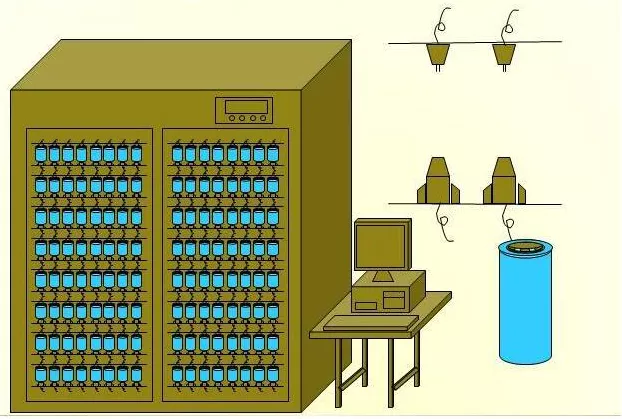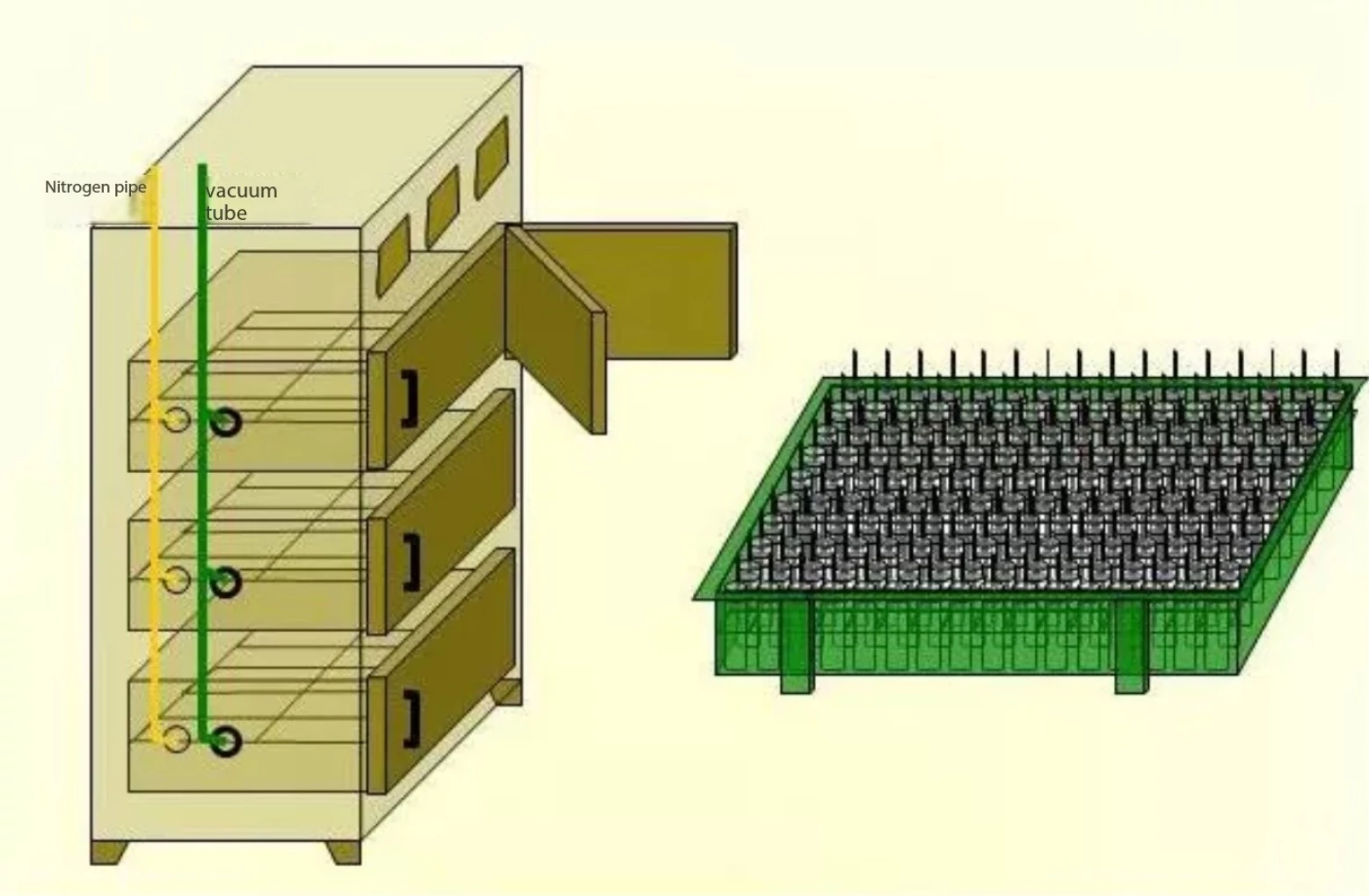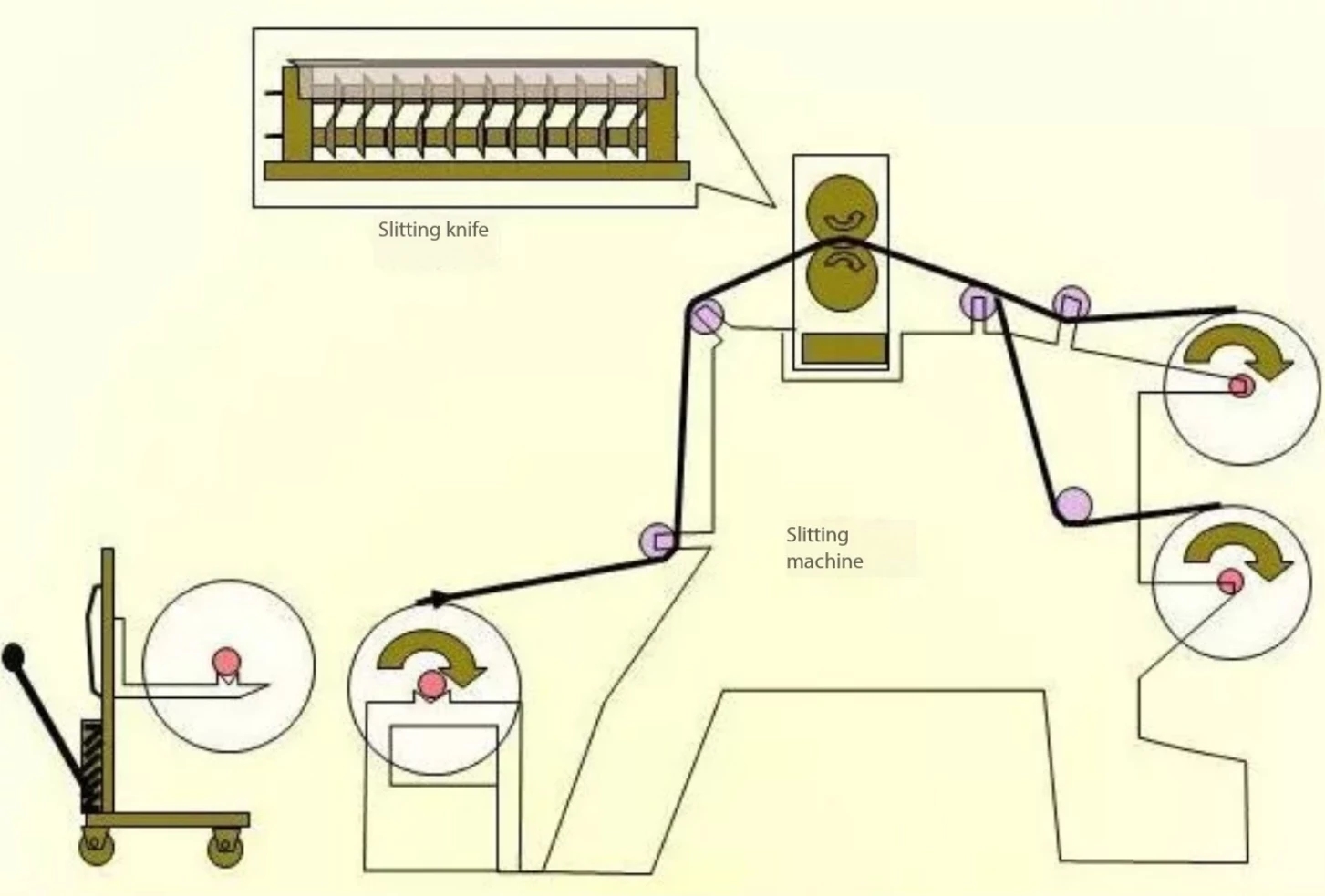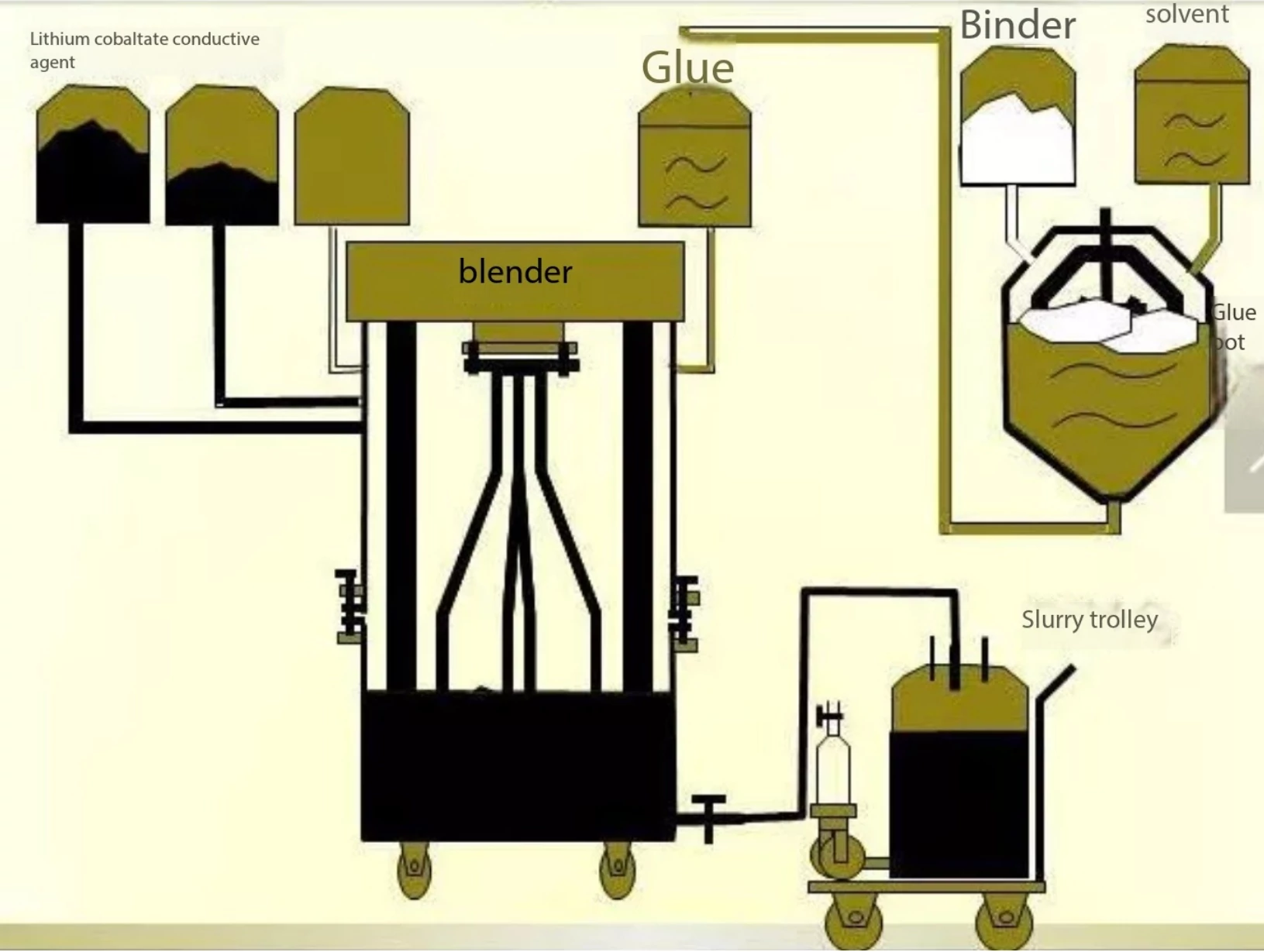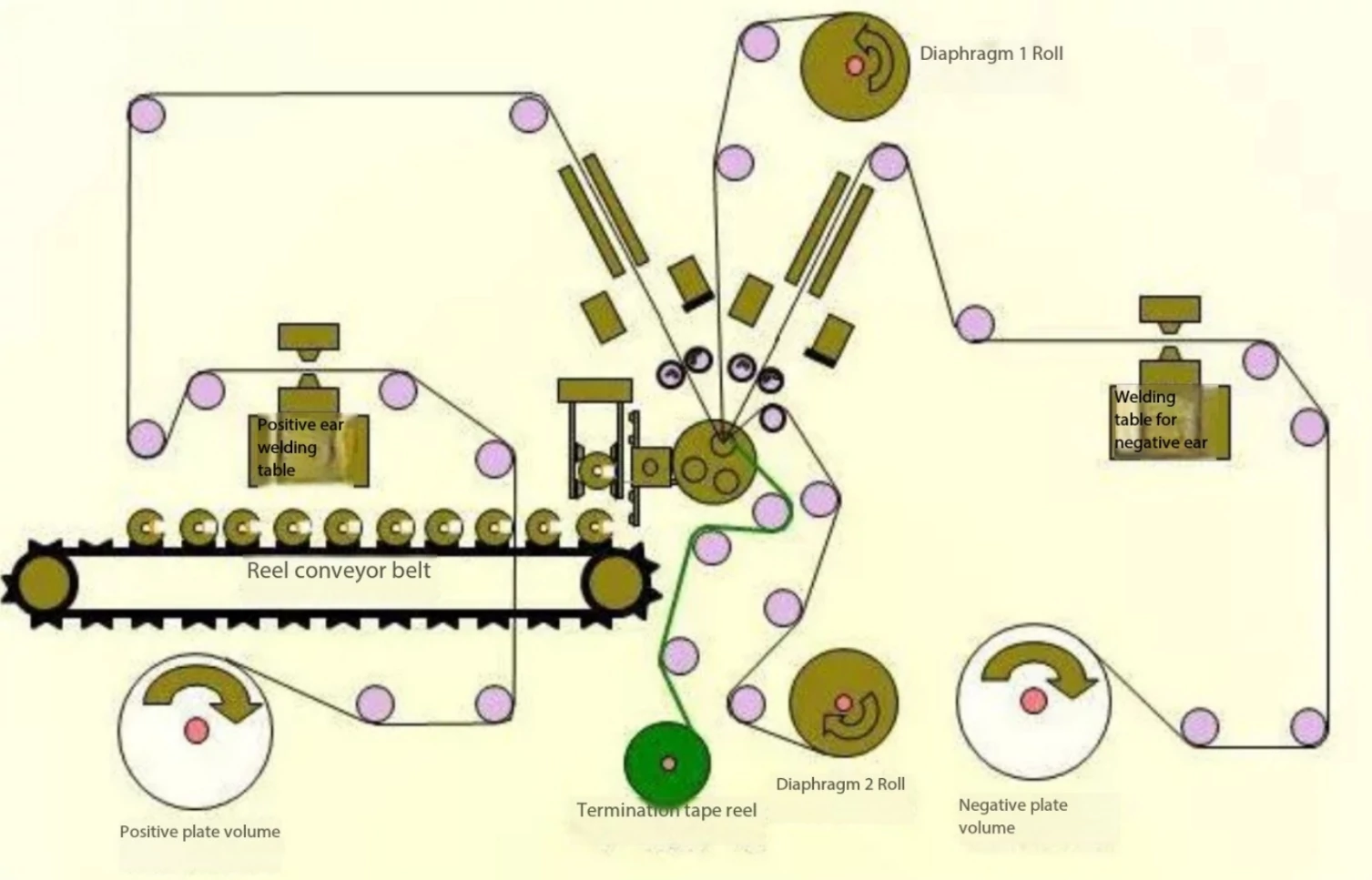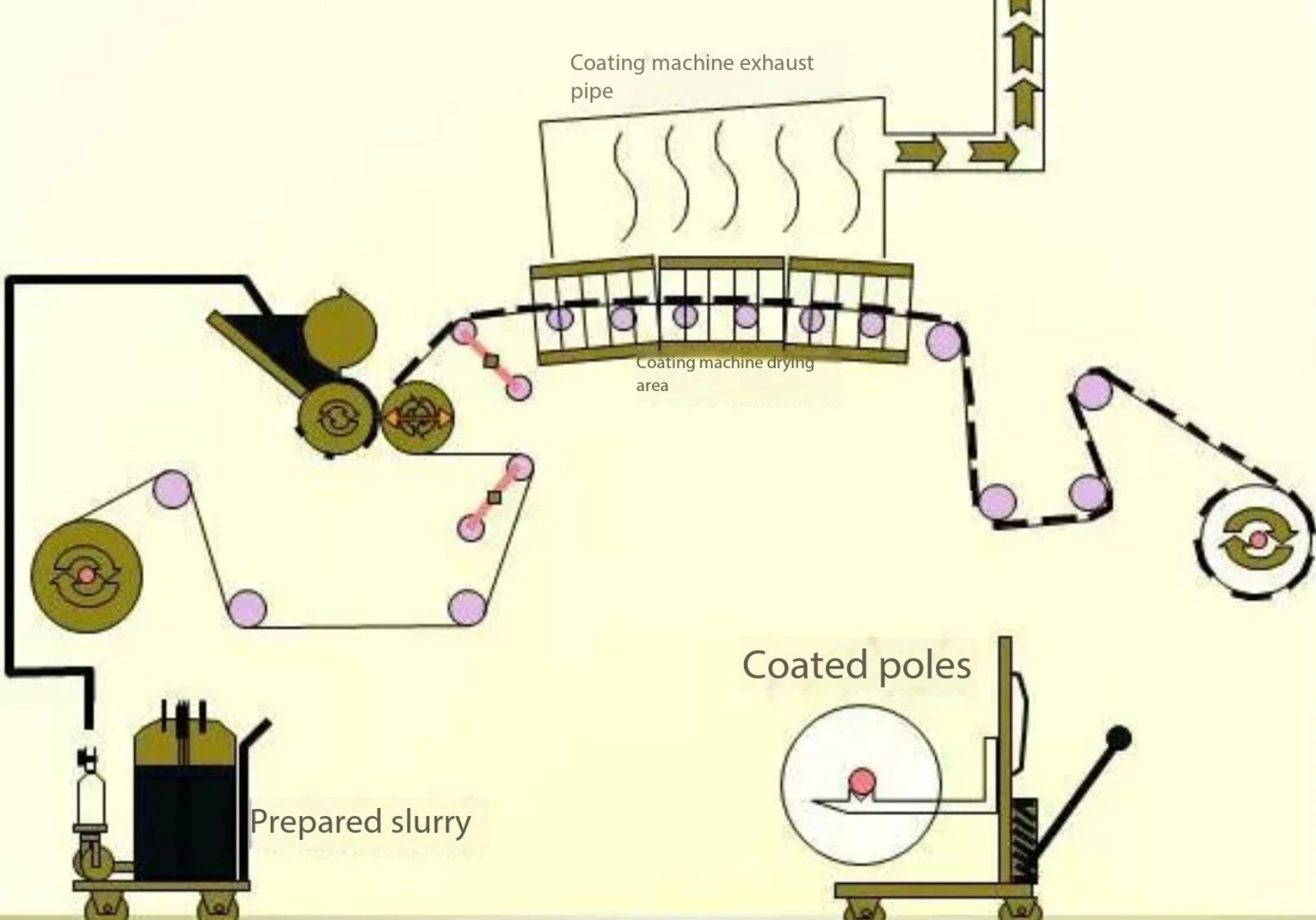Formation Formation is a crucial step in the production process...
Negative homogenate
Lithium batteries, especially lithium-ion batteries, are widely used in consumer electronics, electric vehicles and energy storage equipment because of their high energy density and good cycle performance. In the manufacturing process of lithium battery, the preparation of negative electrode material is very important, and the negative homogenate is a key stage. The homogenizing process of the negative electrode of lithium battery will be introduced in detail in this paper.
main content
Composition of negative electrode materials
In lithium batteries, the negative electrode is mainly made of graphite materials, and in recent years, silicon-based negative electrode materials have also appeared. The negative electrode material is usually mixed with a conductive agent (such as a carbon material) and a binder (such as a polymer material) to form a slurry. The main goal of the negative homogenate is to ensure that these materials are well mixed and a uniform paste is formed for the subsequent coating and drying process.
the purpose of homogenization
Uniformity: To ensure that the different components are evenly distributed in the slurry, thereby improving the consistency and performance of the battery.
Reduce viscosity: Make the flow of the slurry suitable for subsequent coating processes to avoid uneven coating during spraying and coating.
Particle crushing: Through the homogenization process, larger particles can be effectively reduced, and the specific surface area and electrochemical performance of the negative battery can be improved.
Air bubble removal: Air bubbles may be present in the paste, and the homogenization process effectively removes these bubbles, preventing defects during drying or coating.
the steps of the homogenization process
Raw material preparation: The main raw materials for negative homogenates include active materials (such as graphite), conductive agents (such as SP), binders (such as CMC and SBR), and solvents (such as deionized water).
Slurry preparation: First of all, CMC is dissolved and prepared into adhesive liquid, and then the negative active material and conductive agent are mixed evenly and added to the adhesive liquid for mixing and stirring to form a non-Newtonian fluid slurry. Then, SBR is added to the slurry, the viscosity of the slurry is adjusted to the process range (such as 3000~5000mPa·s), and then coated to make electrode sheet.
Mixing process
The mixing process is divided into wet mixing and dry mixing. The wet mixing method mainly consists of three steps: gluing, dry mixing and batch feeding. In the process of dry stirring preparation, the pulping process was optimized to improve the dispersion uniformity of each component in the slurry.
Kneading homogenate process
Through the optimized kneading process, the dispersion effect of the paste can be improved, and the adhesion of the electrode can be effectively improved. The results show that with the optimized kneading process, the fineness of the paste is less than 20μm, the peeling strength of the pole piece is 9.87 N/m, and the wear rate of the pole piece is 0.61%.
Quality control
After the homogenization is completed, the quality of the slurry needs to be tested, including the concentration, pH value, viscosity and other indicators. Only the slurry that passes the quality inspection can enter the next step of the process.
Environmental control
In the process of batching and feeding, it is necessary to open and close the reactor frequently, which can easily lead to dust in the air falling into the slurry and causing pollution or glue sticking to the wall resulting in increased loss. Therefore, the control of the environment during the homogenization process is very important to ensure the purity and uniformity of the slurry.
CONCLUSION
Negative homogenization is a crucial step in the production process of lithium battery, and a successful homogenization process can greatly improve the overall performance and quality of the battery. Through reasonable control of different influencing factors, the selection of appropriate materials and equipment, the production of uniform and stable slurry, to ensure that the subsequent coating and drying process is smooth, so as to achieve high-efficiency lithium battery production.
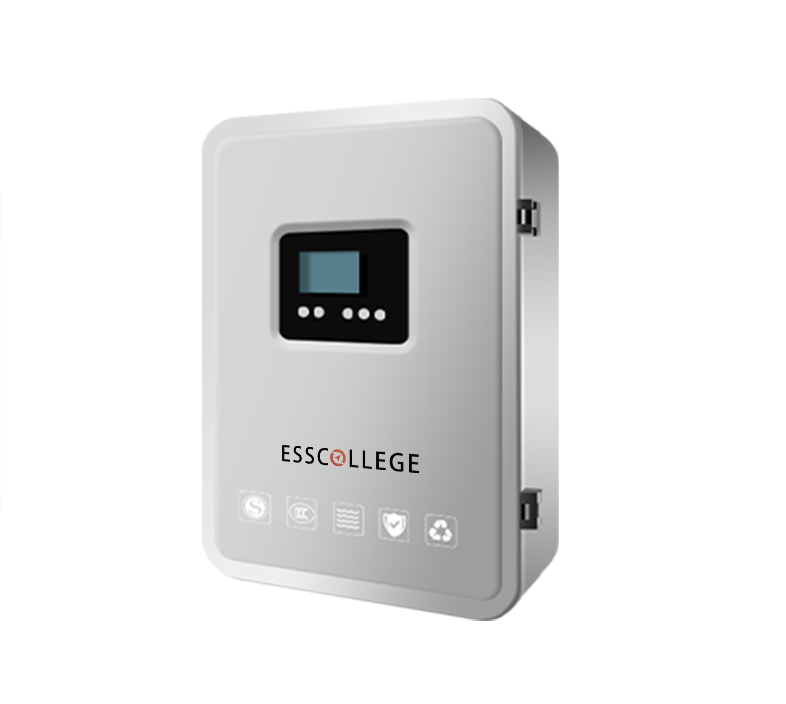
EPS BATTERY SERIES
The centralized power supply for fire emergency lighting is a kind of backup power supply equipment, which provides power guarantee for emergency lighting equipment to ensure that the on-site lighting equipment can operate normally in emergency situations such as fire. Provide a long-term backup power supply to meet the needs of the emergency lighting system.
Extended reading
THE ESSC Brand promise
Global supply
Our products sell well all over the world, covering many countries and regions, through the global logistics network, to provide customers with convenient purchasing experience.
Rigorous quality
We adhere to the highest quality control standards to ensure every product meets industry regulations and customer expectations, earning trust through consistent excellence.
Excellent service
With a customer-centric approach, we provide prompt responses, professional support, and personalized services, aiming to deliver the best user experience and long-term value.
